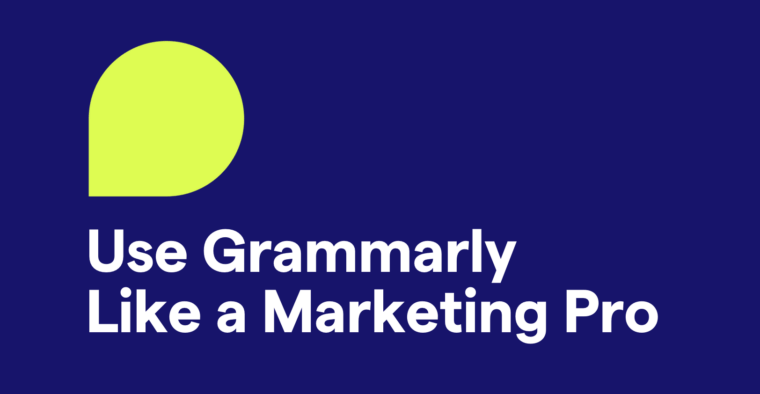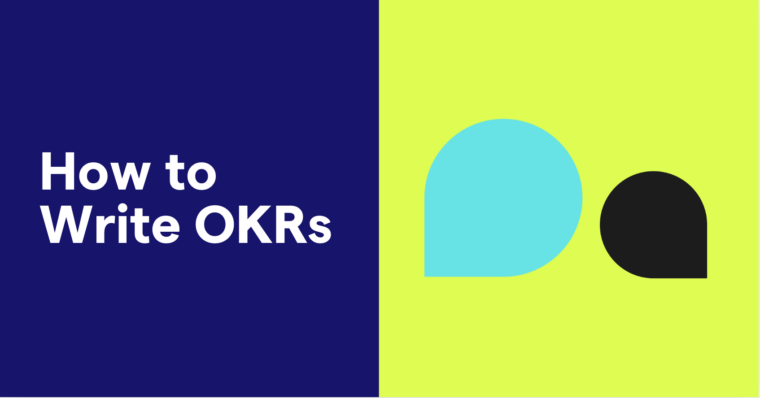
Creating a memorable brand requires a recipe for consistency. Messaging, customer experience, design elements, and more are key ingredients, and the special sauce that ties it all together lies in brand guidelines.
When you think of your favorite brands, chances are their logo, experience, or overall design are top of mind. Your favorite brands don’t become influential by accident. Brand guidelines are the foundation for a company to build a high-impact and influential brand. In time, brands become instantaneously identifiable, giving customers a reliable and consistent experience.
Brand guidelines are vital to the success of a brand. So how do brands go about creating them? We’ll define brand guidelines, share what goes into them, provide a few examples, and show how the Grammarly Business style guide can help you successfully build them for your company.
What are brand guidelines?
Brand guidelines inform the composition, design, and overall look and feel of a company’s branding. Brand guidelines can guide the creation of a logo, website, marketing collateral, and advertisement.
The influence of a style guide
Just like the importance of maintaining a memorable visual identity, a style guide informs both your written content and your visual content. A style guide sits within your brand guidelines. It reinforces your brand guidelines, providing clarity and consistency to content and deliverables created for your brand.
The art of designing a consistent brand begins with creating a brand style guide. The style guide acts as a compass, navigating in-house and contract graphic designers, marketers, web developers, and community managers to arrive at the same destination: achieving a unified external-facing expression of the brand.
Think about the most recognizable brands off the top of your head. It’s highly likely that you’ve learned to recognize them because they have consistent messaging, written or visual. The same brand colors are reflected across every piece of creative. The language sounds familiar. It’s all very organized and, while not rigid, it’s cohesive.
10 brands with stellar brand guidelines
Experience is the best teacher, so we’ve comprised a list of phenomenal brand style guides to demonstrate a few types of guidelines you’d find in a brand style guide and which parts of a brand they can influence.
1 Skyscanner
Skyscanner’s brand guidelines grab the reader’s attention with a strong mission statement. From there, they showcase their core values, what drives their company, and their goals. Visually, the company has bold and vibrant colors with typography and photography working together to create a memorable experience.
2 WeWork
WeWork is a company all about bringing professionals together physically, and they take the same approach in their brand guidelines. Offering an immersive experience, rich with a compelling mission statement, well-articulated color palette, and iconic typography, they put forth a well-defined brand.
3 Copper
Copper created a brand that caters to their desired audience, teens planning ahead for financial independence. With a bright, neon-inspired design, the brand incorporates its color palette and photography to convey a youthful and fun experience.
4 Starbucks
Starbucks is easily one of the most recognizable brands today. Almost everyone around the world has held a cup that bears the infamous mermaid. From their logo, color palette, and influential photography, their guidelines have made Starbucks an iconic modern brand.
5 Twitter
Twitter is another highly recognizable brand. Their minimalist logo creates instant recall with their audience. Their mission statement boasts their desire to share what is happening worldwide, giving their audience a transparent view of what to expect.
6 Uber
Uber, the famous ride-sharing app, goes the extra mile to create a unique brand. Within their brand guidelines is a section titled “System Elements,” where they detail their design’s sizing, spacing, and layout specifications. Their mission statement showcases their goals, the challenges they wish to solve, and how they’re reaching their destination.
7 Skype
Skype, the Microsoft-owned telecommunications service, also boasts a minimalist yet highly recognizable brand. Sometimes knowing what not to do is as important as knowing what to do. Brand guidelines act as an authenticator of a company’s persona. When companies deviate from them, they create a confusing and disconnected experience. By spelling out prohibited usage within their brand guidelines, Skype regulates its brand identity while consistently creating an authentic experience.
8 Asana
Asana takes the short but sweet approach to showcase their brand identity. Placing a strategic emphasis on word count, they effectively and articulately define their brand guidelines briefly yet impactfully. They provide detail on their use of color palettes, explaining which colors are used for which materials, clearly painting a picture of a vibrant brand.
9 Trello
Trello, the project management app, starts its brand guidelines off by clearly defining the company’s mission and purpose. The brand’s core tenets are to be accessible, balanced, program-agnostic, and focused on visuals. From there, the guidelines break down color palettes, icons, and card anatomy, giving full insight into their approach to creating a memorable brand experience for their customers.
10 Spotify
Spotify is another major brand that is widely recognized. Laying out instructions for their partners, the streaming music app shares the thinking behind their logo, their color choices, logo misuse, spacing, and more. The company also shares their multi-color palette, which alters between content types. While using multiple colors, they still have a unifying principle that resonates throughout the brand.
How to create brand guidelines
Want to create your own memorable brand guidelines? We’ve got you covered! Here’s how you can take the core brand guideline principles to create a brand identity that epitomizes your company.
Mission statement
A mission statement is where you want to tell your company’s story. This is the north star of your brand guidelines. The mission statement anchors the brand guidelines, tying into all their other elements. By reputation, you might think a mission statement is in its own category of importance to a business. And it is. But your business’s mission statement is also a compass for your brand style guide. A mission statement ensures every piece of content you create for your brand retains the core brand concepts and is working toward the same goal—and, ideally, strives to solve the same problem for your customer.
Mission statements inform your:
- Blog content
- Paid/sponsored content
- Ad copy
- Visual media
- Tagline
Buyer persona
A buyer persona helps frame your audience and who you’d like to speak to. In essence, it represents your ideal customer. You can include insights related to your customer’s age, gender, job title, and professional challenges. For this reason, your buyer persona should also appear in your brand style guide. Your buyer persona is your target audience, and therefore stipulates for whom your brand publishes content.
Buyer persona guides your:
- Blog content
- Ad copy
- Visual media
Color palette
A color palette represents the select colors a company chooses to design its brand, and it informs every piece of visual content the brand creates. Your color palette entirely depends on your company’s visual goals. It can be as simple or as elaborate as you want, so long as your brand doesn’t deviate from the colors you choose to include.
Color palettes that feature multiple colors generally have specific use-cases. A brand may choose to specify colors based on marketing content and goals. For example, you may have two or three colors of your palette dedicated to your logo; you might also include colors that exist on your website and content design. Another example would be your printed branding material, which could have another color scheme that’s a subset of your primary color palette.
When selecting your palette, be sure that you identify the HEX or RGB color codes. These codes contain numbers and letters that help you find the exact shade, brightness, contrast, and hue you want to be associated with your brand. This helps retain consistency, so your colors don’t deviate from your brand guidelines. Those codes are available in most photo-editing or design software.
A color palette guides:
- Logo
- Website design
- Printed advertisements
- Event collateral
Style guide
A style guide is vital for a high-performing brand. It separates a company from its competition, transforming an average brand into a memorable brand that provides the ultimate customer experience. A style guide influences the people who write articles, scripts, blog posts, and website copy for your company. Best of all, whether your team consists of freelance or agency designers, your style guide enables third-party contributors to stay on-brand with ease.
The style guide informs your:
- Blog content.
- Video scripts.
- Website copy.
- Landing page copy.
- Public relations talking points.
- Customer service team’s knowledge base.
- Paid/sponsored content.
Typography
Another visual element of your brand guidelines is typography. This isn’t relegated to just your company logo’s font. Typographic guidelines inform your blog design—which font or size you publish articles in—the hyperlinks and copy for your website, the UX writing, microcopy, and your company logo.
The core components of brand guidelines are to maintain and sustain the visual elements of a company consistently. These elements showcase and define how a brand is recognized to its customers.
Brand guidelines harness amazing power. They turn a company’s mission or goal into a visual wonder for its customers. Using these elements, you can create brand guidelines that stay true to your company’s essence. Of course, executing a vision can be challenging, but taking the time to define strong brand guidelines can help you make your dream a reality.
How Grammarly Business can help
The Grammarly Business style guide was built for companies looking to take their brand to the next level. The AI-powered style guide enables a brand’s consistency, ensuring that everyone who interfaces with your company’s content production maintains uniformity. Simply upload your style guide rules to your team’s Grammarly Business style guide and you can instantly give your team access. Added with your brand guidelines, the Grammarly Business style guide is a navigation tool to help you deliver consistent, memorable, and customer-centric experiences every single time.






